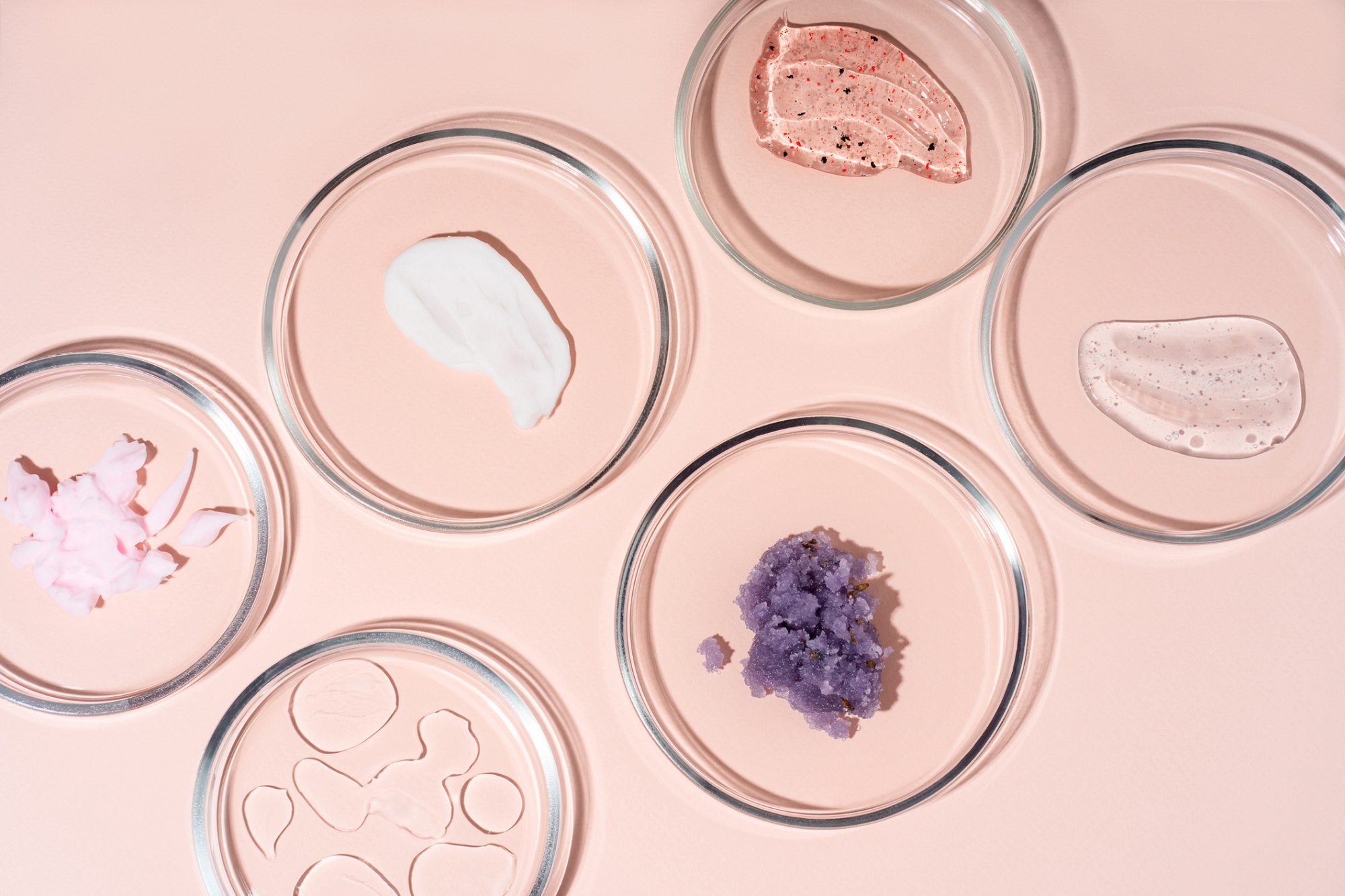
The Personal Care Products Council (PCPC) held its annual Science Symposium October 8-9 in Arlington Virginia, offering a platform for leading scientists, regulatory experts, and industry professionals to explore the latest scientific developments, regulatory changes, and sustainability practices within the personal care and cosmetics sectors. CosmeticsDesign spoke to PCPC Chief Scientist Alexandra Kowcz, who shared her insights on the main takeaways from the event, emphasizing key advancements in areas like regulatory compliance, ingredient safety, and sustainability efforts.
Regulatory updates: MoCRA implementation and OTC monograph
One of the central themes of this year’s symposium was the ongoing implementation of the Modernization of Cosmetics Regulation Act (MoCRA) of 2022, which has introduced significant changes in regulatory requirements. As of July 1, 2024, cosmetics companies were required to register all manufacturing facilities and list all products sold in the US.
“The FDA has reported that companies exceeded projected numbers for facility registrations and product listings,” Kowcz noted, reflecting strong industry compliance. Additionally, the FDA is rolling out new electronic options for reporting serious adverse events, further streamlining regulatory processes.
In parallel, updates to the rules governing nonprescription drugs through the over-the-counter (OTC) monograph were also discussed. These regulatory reforms aim to simplify product development and enable companies to better adapt to changes while maintaining high safety standards. Kowcz highlighted that “this regulatory reform will help companies adapt to changes more efficiently while maintaining high safety standards.”
Safety and ingredient research: Transparency and fragrance exposure
Consumer safety remains at the forefront of industry efforts, with transparency being a key factor in maintaining trust. The symposium emphasized the need for clear communication with consumers, using tactics like message framing and analogies to explain complex scientific and regulatory concepts in more accessible language. “Transparency and education are key to ensuring product safety and maintaining consumer trust,” Kowcz remarked.
Fragrance and ingredient safety were major discussion points, as researchers presented new data on consumer exposure levels to fragrance. These studies demonstrated that exposure remains well below safety thresholds, providing further assurance about product safety. “Presentations on modeling techniques improved our understanding of current exposure levels, ensuring that products consistently meet the highest safety standards,” Kowcz said.
Sustainability: PCR plastics and green chemistry
Sustainability was another major focus at the symposium, particularly the industry’s use of post-consumer resin (PCR) plastic in packaging as a strategy to reduce environmental impact. Companies are now performing extensive safety assessments of PCR materials to ensure their suitability for cosmetics packaging.
One prominent company shared its ambitious sustainability goals, including achieving net-zero emissions by 2039 and reducing plastic pollution through circular practices. As a key takeaway, Kowcz noted that “the use of post-consumer resin plastic in cosmetic packaging has emerged as a key strategy to reduce environmental impact, and companies are committed to making real progress towards sustainability.”
Emerging research: AI in toxicology and microbiome innovation
Cutting-edge advancements in artificial intelligence (AI) and its application to toxicology were also a highlight of the symposium. AI is revolutionizing safety testing by enhancing the speed, accuracy, and depth of risk assessments.
As Kowcz explained, “AI can identify patterns and correlations in large and complex datasets that might be missed by human analysts, leading to more precise predictions of chemical toxicity, human exposure risks, and environmental impacts.”
Microbiome research also continues to evolve, with industry experts stressing the need for standardized testing methods and harmonized terminology when discussing concepts like the skin microbiome. The research shared at the symposium is expected to drive new innovations in product development, particularly in areas involving prebiotics, postbiotics, and microbiome-friendly formulations.
Looking ahead: 2024 and beyond
As the personal care industry looks to 2024 and beyond, Kowcz reiterated the importance of maintaining a focus on scientific rigor, consumer safety, and sustainability. “Our industry continues to innovate as science and regulations evolve, with a commitment to maintaining consumer trust by promoting science-based decision making in product safety and efficacy,” she concluded.
For manufacturers and suppliers, staying ahead of regulatory changes, investing in ingredient safety research, and adopting sustainable practices will be crucial for navigating the future of the personal care and cosmetics industry. The Science Symposium provided valuable insights and actionable strategies to help stakeholders meet these challenges head-on.

